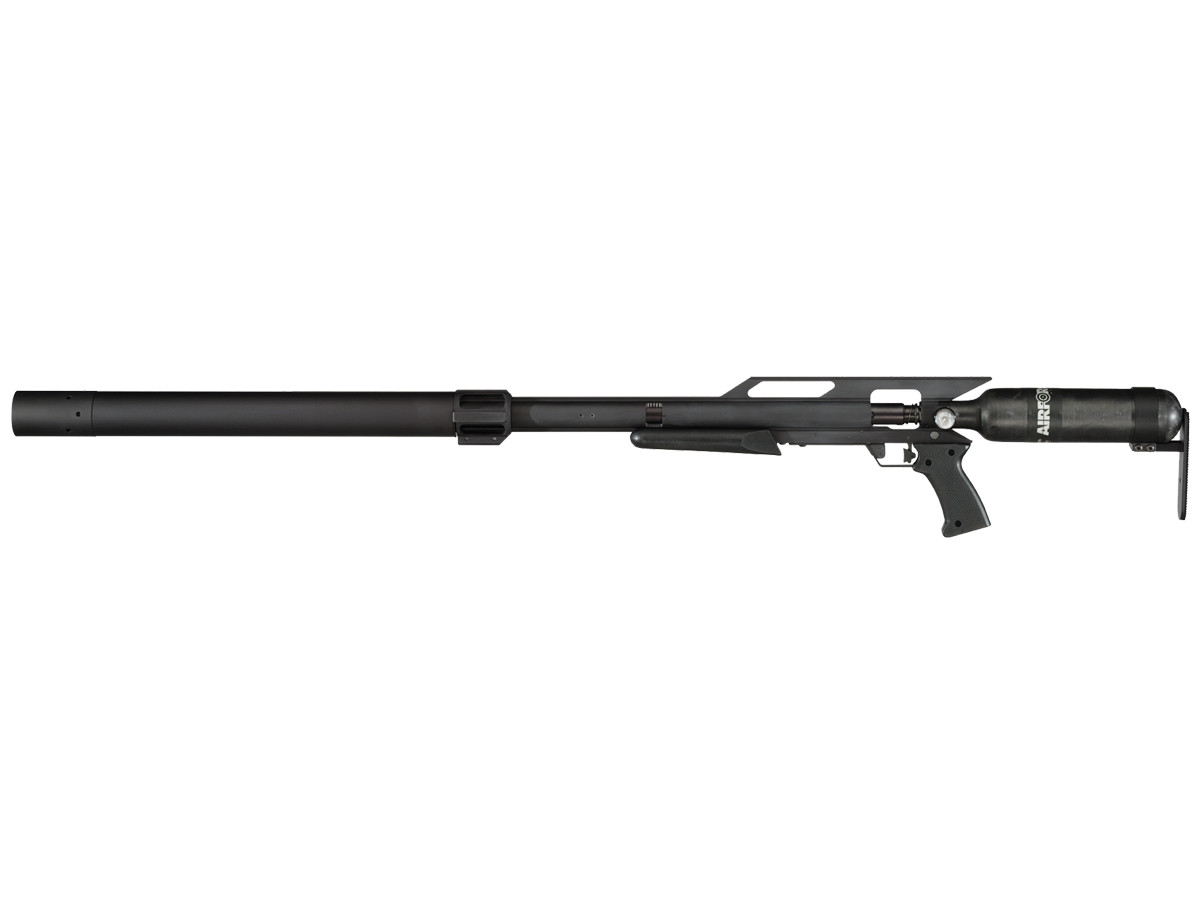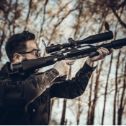It’s that time of year. Folks are already out sitting in their stands, looking to take the next big trophy buck or drop the biggest hog at the corn pile. Unfortunately, many airgunners who are new to big bore airgun hunting struggle early on to get that clean, ethical kill. We hope that this article helps shorten the learning curve.
Pick The Right Gun
It’s important to get the right tool for the job. What you’ll be hunting, determines what type of gun you’ll need. A good rule of thumb is to pick a gun that produces two foot-pounds of energy for each pound of game. So if you are hunting 200-pound hogs, you would want a 400 foot-pound airgun. This scale can certainly be amended based on skill level, distance to your game, and other factors. But if you are new to big bore airgun hunting, it’s a good place to start.
Accuracy Matters
It’s easy to get caught up in all the ammo options out there, especially deep hollow-point bullets. In most cases, the reality is that you won’t get much expansion or hydrostatic shock. The bullets are just moving too slowly. Let’s put things in perspective. A typical hunting round, say a 30-06, weighs about 165 grains and travels around 2800 FPS. This equates to about 2872 foot-pounds of energy. By contrast, a high-powered airgun is shooting a 320-grain slug at about 800 FPS, producing about 454.87 foot-pounds of energy.
As you can see, we’re not even close to velocity and power. With the lack of velocity, you just don’t get the type of expansion you see with a firearm. The impact from the 30-06 will do massive damage, even when it may miss the mark. The slug needs to land true to make that ethical kill. Often, hunters pick flash, i.e., that flashy hollow point, over repeatable accuracy. Take your time finding the most accurate ammo.
Get Close
The most frequent request we get is for a big bore hunting airgun that’s effective out past 100 yards. While many big bores can hit accurately at 100 yards and beyond, the bullet’s flight time is just too long. This gives the game a chance to jump the shot, much like bow hunters see and go through great lengths to avoid. We’ve seen, in slow-motion footage, game move as much as 2 or 3 inches on a 35-yard shot. Imagine how far something could move on a 50, 75, or 100-yard shot? Trying to take shots that are too far away is probably the biggest mistake new hunters make. You need to get close.
Do Optics Matter?
Choosing the best scope and mount is an important part of big bore airgun hunting. While it’s not critical, there’s certainly something to be said for first focal plane optics. Big bore guns are going to have varying points of impact through their shot curve. The first couple of shots may hit close at 50 yards, but the next few, should your gun have the capacity for more shots, will certainly start to drop. A typical 2nd focal plane mil-dot scope will present a challenge if you change your magnification a lot. If you are familiar with your hold over at 50 yards at ten power and change your magnification, it also changes the spacing between your mil-dots. This throws off your holdover and could lead to a wounded animal rather than a clean, ethical kill.
A first focal plane scope maintains the same mil-dot spacing throughout the magnification range. This can be a bit tricky at first, but once you get used to it, it’s very handy in the field. You can use the full range of your scope while at the same time keeping the same hold over regardless of your current magnification.
Questions?
We have more articles on big bore airgun hunting here on our site. Please take a look and if you need any help picking out the right gear, just give us a call.

